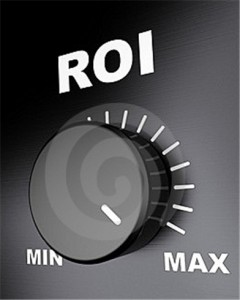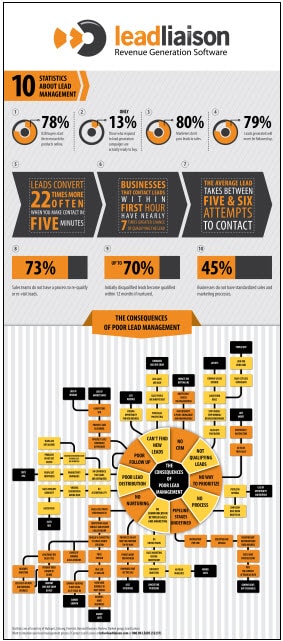Using Lead Scoring to Build a Bridge between Marketing and Sales
 Every company’s marketing and sales teams should share the same critical objective. Fortunately, lead scoring bridges sales and marketing teams. After all, both teams main purpose is to bring in new business and generate revenue. Despite having the same goal, they use drastically different strategies and methods of achieving it. The marketing department is usually focused on bringing in an abundance of potential leads through either large advertising campaigns or efficient marketing automation software programs. The sales department, on the other hand is striving to secure high-quality leads through real-time customer engagement and personalized communication.
Every company’s marketing and sales teams should share the same critical objective. Fortunately, lead scoring bridges sales and marketing teams. After all, both teams main purpose is to bring in new business and generate revenue. Despite having the same goal, they use drastically different strategies and methods of achieving it. The marketing department is usually focused on bringing in an abundance of potential leads through either large advertising campaigns or efficient marketing automation software programs. The sales department, on the other hand is striving to secure high-quality leads through real-time customer engagement and personalized communication.
Combine Marketing & Sales for Lead Scoring and Build a Bridge between Marketing and Sales
Lead scoring can take lead generation to the next level by making it a collaborative effort that combines the knowledge and experience of both the marketing and sales departments. Most marketing professionals have spent their time creating numerous broad stroke lead generation techniques that are strategically used to appeal to a multitude of potential customers at once. When they put together a list of possible lead scoring criteria, it is usually based on the characteristics of the leads who respond to their “open-call” for new customers. Some of these leads have a high chance of conversion while others may have no interest in ever making a purchase.
Salespeople converse directly with potential customers, as well as existing customers. They know how to make a connection and which techniques to use to turn an undecided lead into a loyal customer. A company’s sales department can use its front-line experience and expertise to validate marketing’s lead scoring assumptions. They knew what their customers are looking for and how to reach out to them. The sales team can fine-tune the list of criteria created by the marketing department and assign higher ratings for lead behaviour or demographics that demonstrate the actions or attributes of past sales.
Sales & Marketing are Meant to be Together
A combined effort builds a foundation for an effective lead scoring system and keeps both sales and marketing working together on the same team with the same goal. Lead scoring is not the only aspect of generating new business that works better when you tap into both your sales and marketing departments.
Marketers need to understand the strategies and tools the sales team is using, so they can help them accomplish their goals. The sales team has more direct contact with qualified leads and customers, which gives them a better insight into the type of content that marketing should be sending to potential leads. Sales can also advise marketing what triggers to look for in a lead, so they can more easily recognize leads that are ready-for-sales.
The marketing department can provide sales with an abundance of leads, as well as a profile on each lead, to assist with conversion. Marketing can also use lead scoring to eliminate leads that are not likely to ever convert. The more each department understands and assists the other, the better the end results. Start with lead scoring to build a bridge between marketing and sales and a powerful revenue generating force will grow from their union.










